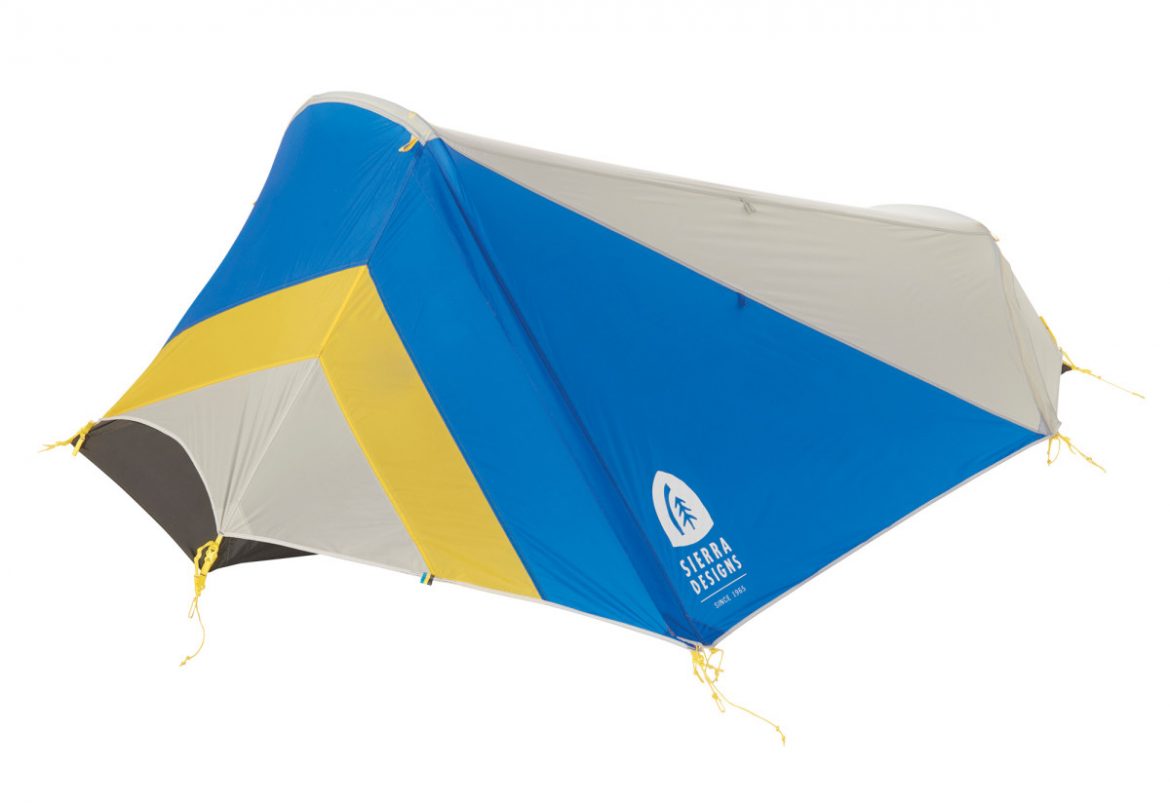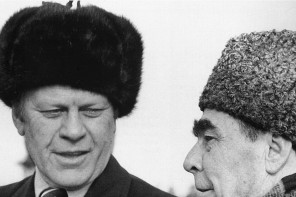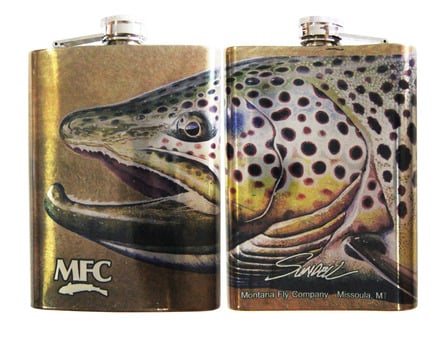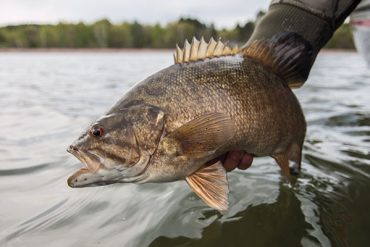Best 1 Person Tents
Hiking by your lonesome? A one-person tent or bivy can help save weight while still giving you enough room for a sound sleep.
Sierra Designs High Side
Our take Huddling in a tent by yourself for hours can put a damper on any trip. That’s why our testers appreciated the High Side, which maxes out livable space with a fly that converts into an awning on calm days. “I tied the guylines to a tree, propped up my camp chair, and watched the rain dump down while I sat underneath the awning,” said one tester after a soggy trip in Colorado’s Sawatch Range. “I didn’t get wet at all.” The High Side’s 18.5-square-foot floor is par for the course, but the quarters feel roomier than their measurements suggest. Curved DAC aluminum poles make the door side taller than average (it has a 32-inch peak height), so testers up to 5’9” could sit up comfortably.
The details Despite a lack of vents, breathability was top-notch and condensation low during a string of 35°F evenings in the Sawatch. Credit the ample space between the mesh canopy and the tent fly, which promotes airflow. Setup is easy, and thanks to an intuitive color-coding system our tester pitched the High Side in three minutes on her first try. It packs down to about the size of a large loaf of bread.
Trail cred “I didn’t threshold test it in wind, but the 10-mph gusts I did see made me confident in its stability,” our tester says of the High Side, which takes a minimum of seven stakes to pitch—more than some larger shelters—and has four guyouts.”
$280; 1 lb. 14 oz.
Gossamer Gear The One
Our take For once in the ultralight tent category, more is better. This single-wall trekking pole tent is 2 ounces heavier than the previous version, but the new construction makes it a lot more livable. By moving the poles from the center of the shelter to the head, designers made The One 2 inches wider and 5 inches taller (up to 46 inches if your pole extends that high). “I’m 6’2” and I could sit up and read while trapped inside during pouring rain in Alaska’s Chugach National Forest,” our tester said, praising the tent’s peak height and 19.6 square feet of floor space. “Take a big gulp from your water bottle before you head out and you’ll have made up the weight difference from the original.”
The details The One’s 16-square-foot vestibule easily swallows a pack, boots, and wet gear. A secure pitch takes a minimum of four guylines and 10 stakeout points, and our Alaska tester reported no problems in 15-mph winds. Although wispy, the tent’s 7-denier body and 10-denier floor—both with sil/PU coating, and seam-sealed—stood up to rocky campsites in the Chugach with no signs of damage. Two floor vents (one at the head and one at the foot) offer some cross breeze but are easily blocked by gear, and our tester reports that The One’s subpar breathability resulted in a shower of dew after chilly nights.
Trail cred “Zippers can be finicky on some ultralights, but The One is easy to open and close without any snags,” one tester says.
$300; 1 lb. 5 oz.
Ultimate Direction FK Bivy
Our take At less than 9 ounces, the FK is lighter than other poled bivy structures, making it our top choice for the speed-hiking crowd. But check the forecast: The FK isn’t waterproof, so it’s best used to ward off wind, bugs, and condensation (pair with a tarp for rain). Still, the 24-inch shoulder width provides some (very relative) comfort. “It’s not a luxury suite, but I didn’t feel like I was sleeping in a coffin,” our tester said after climbing Maggie’s Peaks in California and deciding to stay the night.
$180; 8.8 oz.
Best 2 Person Tents
Two person tents sit in the sweet spot for a lot of backpackers: They’re big enough to fit a buddy, but small enough to work for solo adventures.
Eureka! Midori 2
Our take This two-person shelter achieves a rare trifecta: It’s spacious, durable, and affordable. A 30.6-square-foot floor—larger than usual—and dual doors kept our testers happy during a beach camping trip near Malibu, California. The 43-inch peak height and vertical walls allowed one 6’1” tester to sit up and change layers without grazing the ceiling, while a 68-denier poly-taffeta floor and fly held up to rocks and sand. Tradeoff: It’s a tad heavy for the category.
The details Our tester reported that the interior stayed dry on a mid-30s night near Bishop Pass, California. She also praised the two 10-square-foot vesitubles, which were good for cooking when ocean fog rolled in near Malibu. Nothing about the Midori screams cheap except for the stakes. Get better ones.
Trail cred “The four storage pockets on the sides of the canopy fit smaller items, and the location of the gear loft is smart,” one tester says. “They moved it to the foot area, which kept us from smacking into our stuff when sitting up.”
$160; 4 lbs. 13 oz.
Paria Outdoor Products Bryce 2P
Our take Usually, as a tent’s weight goes down, its price goes up. Not so with the Bryce. It’s a tent stake under 3 and a half pounds, has legit space for two, and costs just $160. Paria’s budget strategy: Sell directly to consumers, use cost-saving material like off-brand aluminum poles, and outsource design to the factory. The result is a value-priced shelter that still boasts high livability. “My daughter is 6’1” and I’m 6’6”, but we didn’t overlap or conk heads while spending some lazy afternoon hours hiding from mosquitoes in Idaho’s Frank Church-River of No Return Wilderness,” one tester says. Credit the Bryce’s above-average 31.3-square-foot floor.
The details Some lightweight shelters need TLC, but the Bryce’s 20-denier ripstop nylon fly and 40-denier nylon floor survived 12 weeks of daily use in the Frank Church with no unusual wear and tear. The single door and vestibule help save weight, but campers who like having their own storage areas will note the tradeoff. Ding: The fly design lets rain drip through the mesh door if the fly is not fully zipped.
Trail cred “The color scheme—an often-overlooked feature— is a pleasant amber hue, which creates a warm halo even in overcast conditions,” our tester reports.
$160; 3 lbs. 7 oz.
MSR Hubba Tour 2
Our take This single-wall tent’s gargantuan 25-square-foot…





